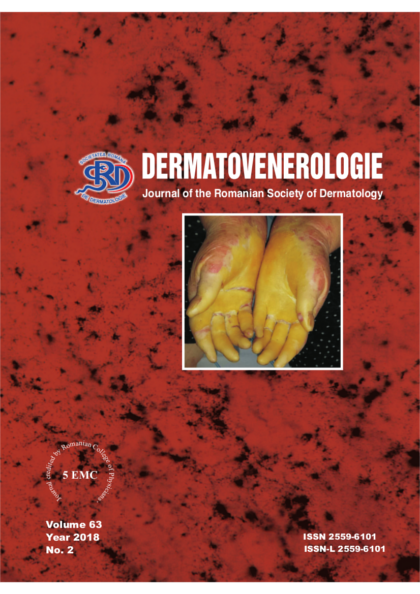The post-thrombotic syndrome (PTS) is a frequent,
potentially disabling complication of deep vein thrombosis
(DVT). The more frequent are the episodes of DVT
(recurrence) the higher is the risk of PTS. Clinical
manifestations include symptoms and signs such as leg
pain, heaviness, pitting edema, redness, varicose veins,
hyperpigmentation (ochre and purple dermatitis) or leg
ulcers in severe forms of the disease (stage C6/CEAP).
Therefore, the best way to prevent PTS is DVT primary and
secondary prophylaxis (prophylaxis of recurrences) using
pharmacologic or mechanical solutions, especially in high
risk patients. Sulodexide is a glycosaminoglycan with
antithrombotic and profibrinolytic pharmacodynamics and
vascular tropism which proved a low bleedingrisk,
especially in oral administration. SURVET study,
published in Circulation in 2015, concluded that, for
patients with idiopathic proximal DVT, the 2 years
administration of 1000 ULS sulodexide (Vessel Due F)/day
(4 caps of 250 ULS) after the previously 3-12 months
administration of oral anticoagulants as recommended by
the actual guidelines, succeeded to reduce by 50% the risk
of DVT recurrences with a maximum safety profile
regarding the bleeding risk which was insignificant. Due to
its antithrombotic pharmacodynamics and vascular
tropism, sulodexide, in chronic administration, could
reduce the risk of DVT recurrences and, consequently, may
decrease the risk of PTS in respective patients.
Original articles
SULODEXID FOR THE TREATMENT AND PREVENTION OF POST-THROMBOTIC SYNDROME


